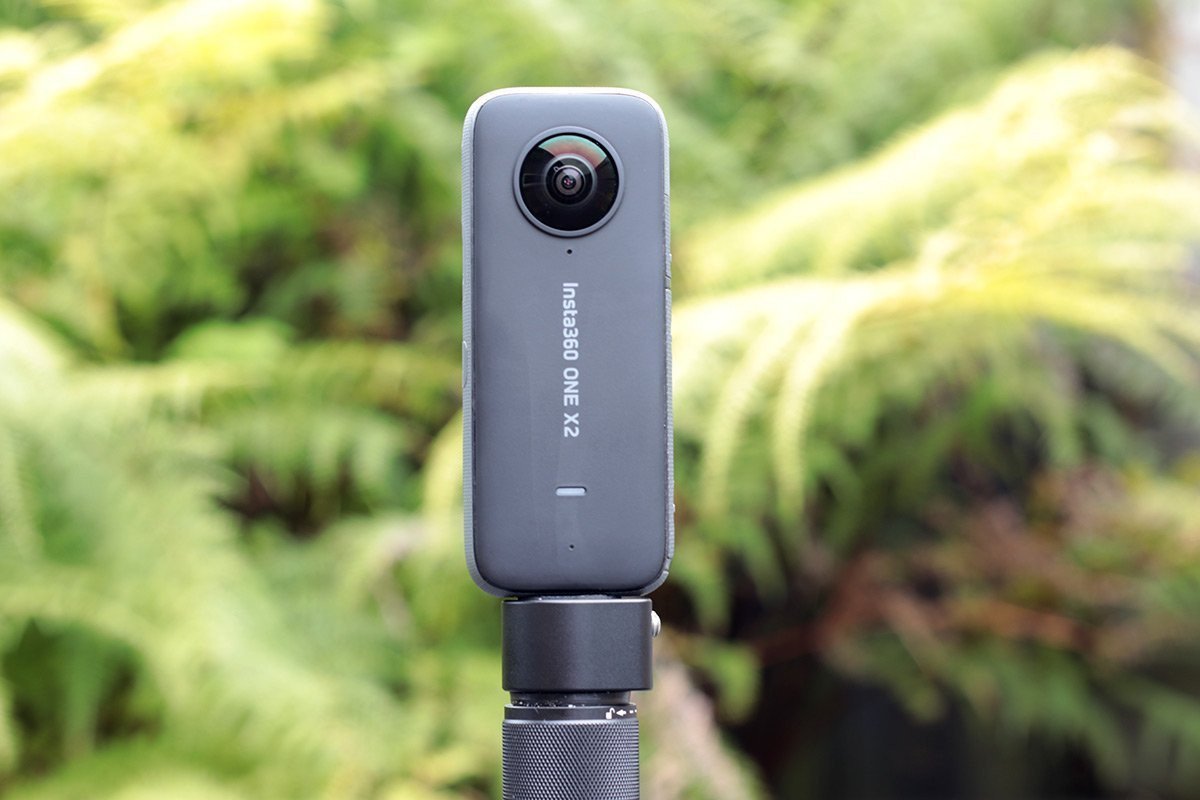In the rapidly evolving world of photography, 360-degree cameras have emerged as a groundbreaking technology, allowing photographers to capture immersive and interactive images. These cameras offer a unique perspective, enabling viewers to explore a scene in all directions. In this article, we will delve into the latest releases of 360-degree cameras and discuss their future prospects, revolutionizing the way we capture and experience visual content.
The Evolution of 360-Degree Cameras:
360-degree cameras have come a long way since their inception, evolving in terms of design, image quality, and ease of use. Early models were bulky and limited in terms of resolution and stitching capabilities. However, advancements in technology have resulted in smaller, more compact cameras with improved image sensors and enhanced stitching algorithms, providing seamless and high-quality 360-degree visuals.
New Releases:
- Insta360 One X2: The Insta360 One X2 is garnering attention for its impressive image stabilization and user-friendly features. It captures 5.7K video and 360-degree photos with stunning detail, while its FlowState stabilization ensures smooth footage even in dynamic environments. With its intuitive app and versatile shooting modes, the One X2 offers an immersive and user-friendly experience.
- GoPro MAX: GoPro’s MAX is a versatile 360-degree camera designed for action and adventure. It features HyperSmooth stabilization, allowing for smooth and shake-free footage. With 5.6K video and six microphones for immersive audio capture, the MAX is a powerful tool for capturing thrilling moments in stunning 360 degrees.
Future Prospects:
The future of 360-degree cameras is filled with exciting possibilities. Here are some areas that hold promise for this technology:
- Improved Resolution and Image Quality: As technology advances, we can expect higher-resolution sensors and improved image quality in 360-degree cameras. This will result in more immersive and detailed visuals, enhancing the overall experience for viewers.
- Enhanced Stitching Algorithms: One of the key challenges in 360-degree photography is stitching together the multiple images to create a seamless panorama. Future developments in stitching algorithms will further refine this process, minimizing stitching errors and creating more realistic and immersive 360-degree content.
- Integration with Virtual Reality (VR): 360-degree cameras and VR technologies go hand in hand, offering immersive experiences that transport viewers to new virtual worlds. The integration of 360-degree cameras with VR devices will continue to grow, providing captivating and interactive content for VR enthusiasts.
- Expansion of Content Creation: With the increasing popularity of 360-degree content on platforms like YouTube and social media, content creators are finding new ways to engage their audiences. As more people embrace this technology, we can expect a surge in creative and innovative uses of 360-degree cameras, ranging from virtual tours and documentaries to interactive storytelling.
Conclusion:
360-degree cameras have revolutionized the way we capture and experience visual content. With advancements in technology, new releases like the Insta360 One X2 and GoPro MAX are pushing the boundaries of what’s possible with 360-degree photography and videography. As this technology continues to evolve, we can anticipate improvements in resolution, stitching algorithms, and integration with VR, offering immersive and captivating experiences for both creators and viewers. Whether you’re a professional photographer or an enthusiast looking to explore new creative avenues, 360-degree cameras are an exciting tool that opens up a world of possibilities.


0 Comment